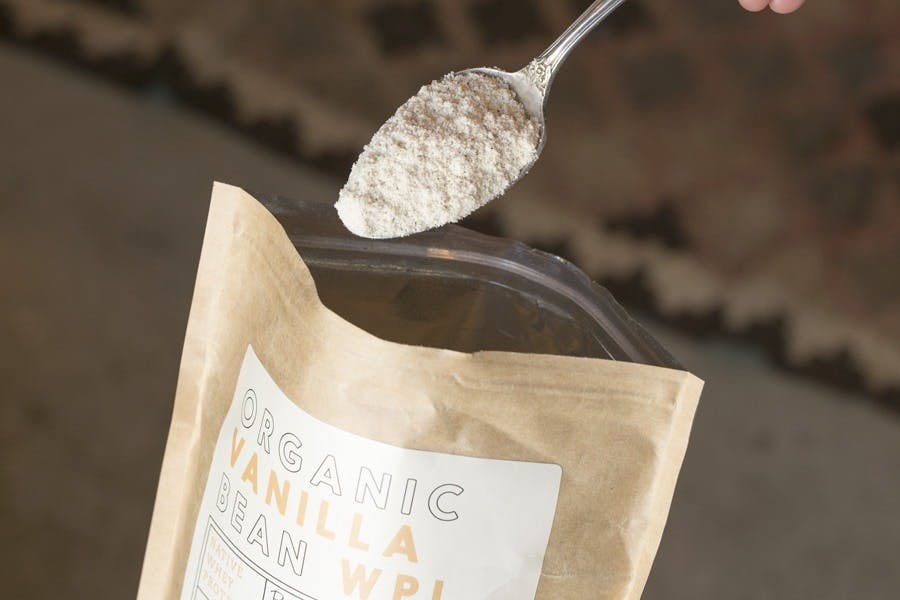Do You Know What’s Really In Your Protein Powder?
Even the fittest gym bunnies can fall foul of some dodgy protein powders. And no wonder – those labels can be impossible to read. Casein, L-Arginine… say what?

I Quit Sugar
2017-02-03

Even the fittest gym bunnies can fall foul of some dodgy protein powders. And no wonder – those labels can be impossible to read. Casein, L-Arginine… say what?
Confused? We don’t blame you. To help, we’ve decoded some of the most common jargon you’ll find on packets. Hint: the more ingredients powders have, the more they have to hide!
Complete vs incomplete
A complete protein contains all nine essential amino acids needed for lean muscle development (you might see these listed as L-Arginine, L-Leucine on packets). Whey, casein, egg and certain vegan protein blends are all complete protein powders.
Whey vs casein
Both whey and casein are milk proteins and they’re extremely popular. Casein has a stronger taste and is absorbed slower, so we personally prefer a whey protein – our mates at Bare Blends have a great range of both isolate and concentrate whey protein blends.
Isolate vs concentrate vs hydrolysate
To create protein isolate, manufacturers remove most of the carbs from the protein source, leaving about 90 per cent protein. If you’re a strength trainer, this is a good choice.
Protein concentrate has a few more of the carbs remaining, weighing in at about 80 per cent protein. It’s more of a general use powder, and it’s a bit cheaper.
Protein hydrolysate is broken down into even smaller particles, so your body digests and absorbs it faster. The downside? It’s expensive and can taste a little bitter. Purists are also concerned that the heat used in the breakdown process could destroy nutrients.

Bulk
You might notice this catchphrase on more macho tubs of protein. Bulking proteins contain a high amount of carbs (often sugar) and are meant for bodybuilding. But if this isn’t a fitness goal for you, don’t worry – your standard protein powder won’t make you bulk up.
Emulsifiers
These give protein a uniform, unclumpy texture. While soy lecithin is totally fine in these small amounts, maltodextrin is linked to gut issues and inulin fibre is difficult for some people to digest. And don’t get us started on those oh-so-vague “caking agents” – avoid!
Natural vs artificial flavours
First instinct – go for the natural flavours, right? While artificial flavours automatically (and rightly) get a bad rap, natural flavours can contain all kinds of nasties like MSG. If the company doesn’t disclose exactly what’s in their product, avoid it.
Sweeteners
If, like most of us, you add protein powder to a fruit smoothie, there’s not much need for sweetener. We stay away from all added sugars and artificial sweeteners and opt for brands with sweetness from whole ingredients like stevia, vanilla or coconut.




